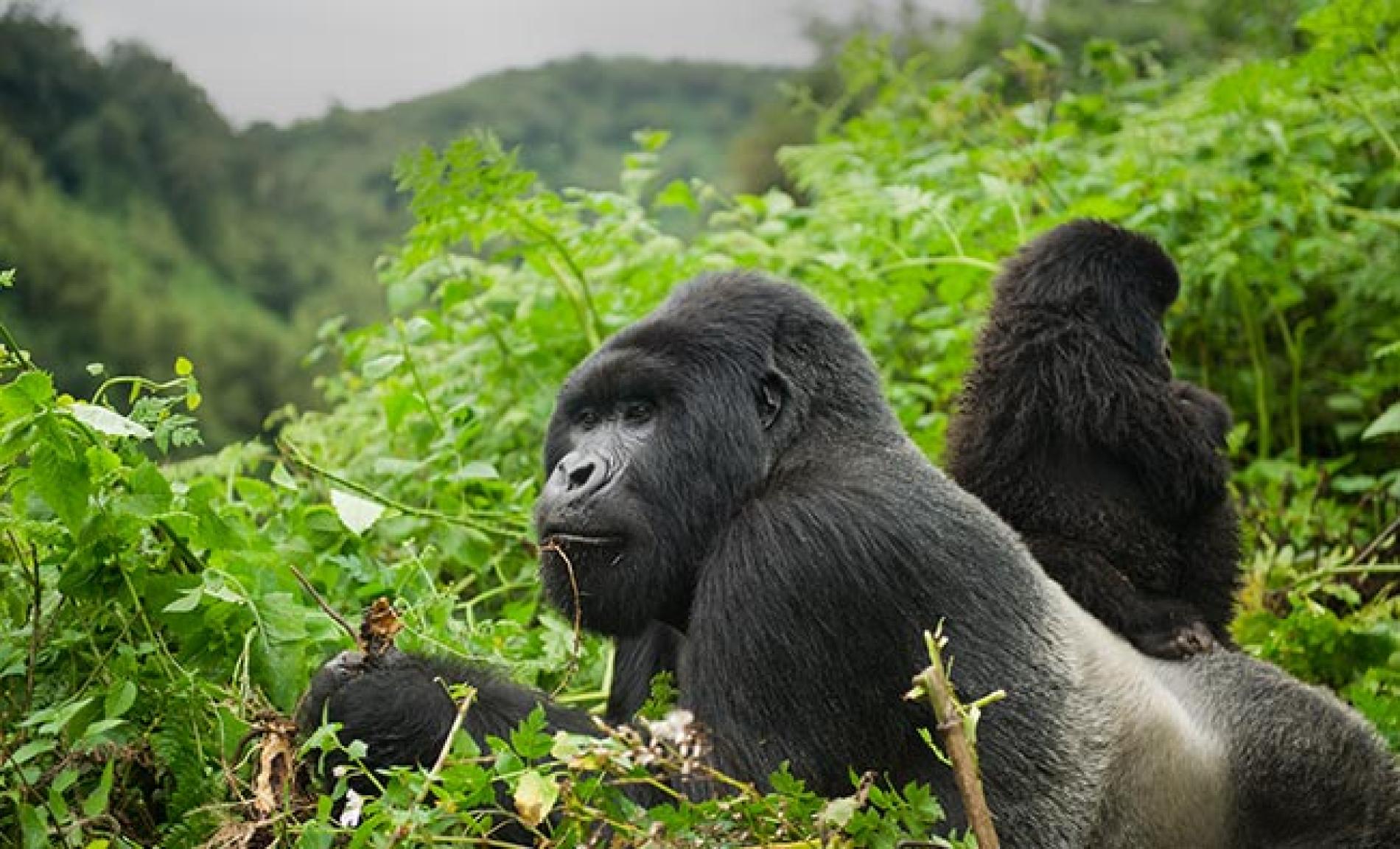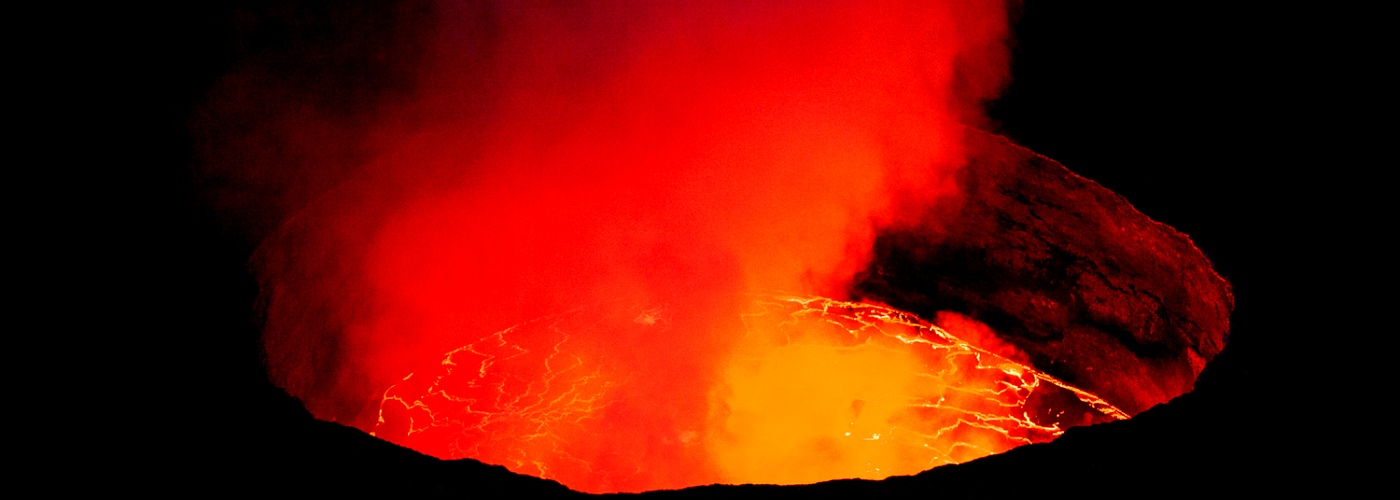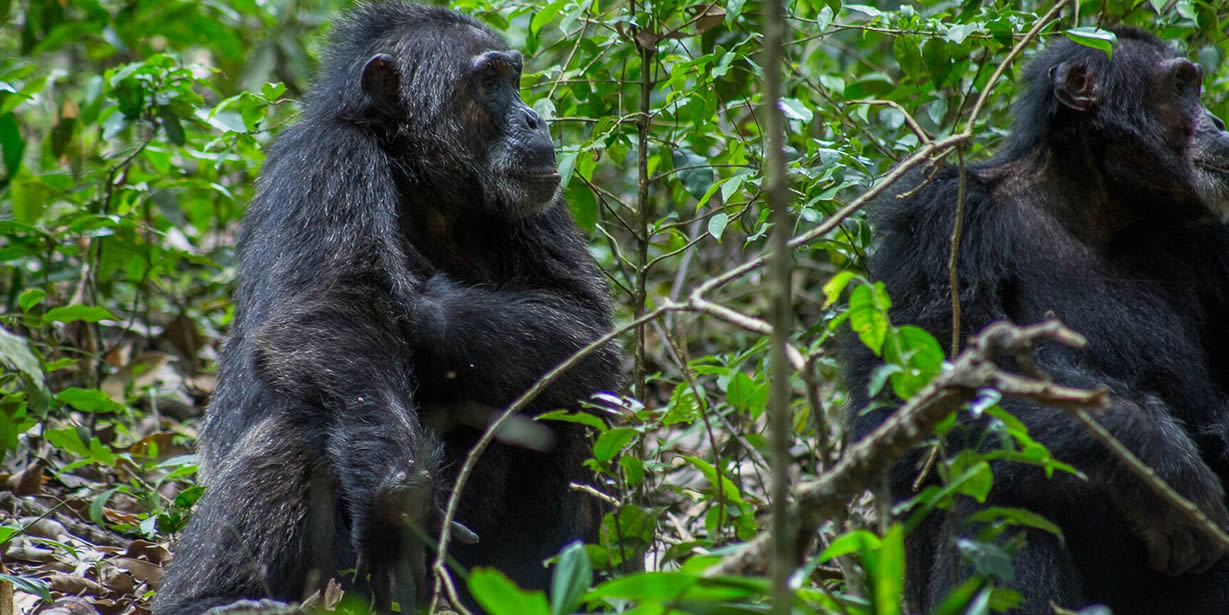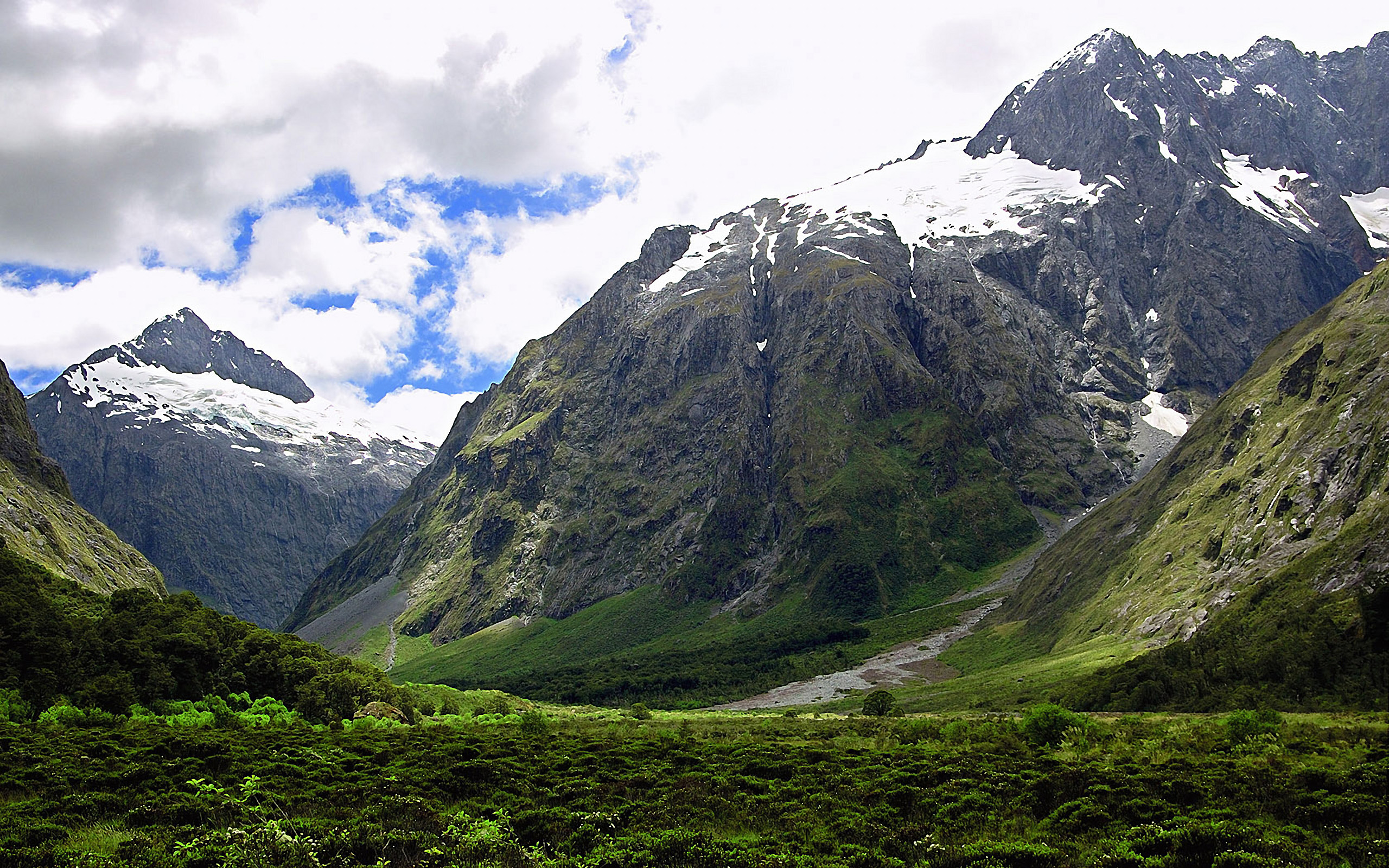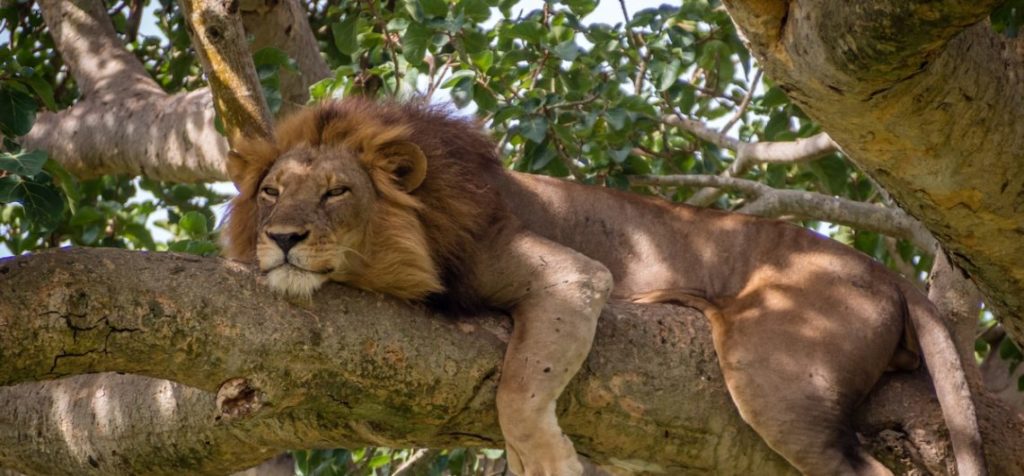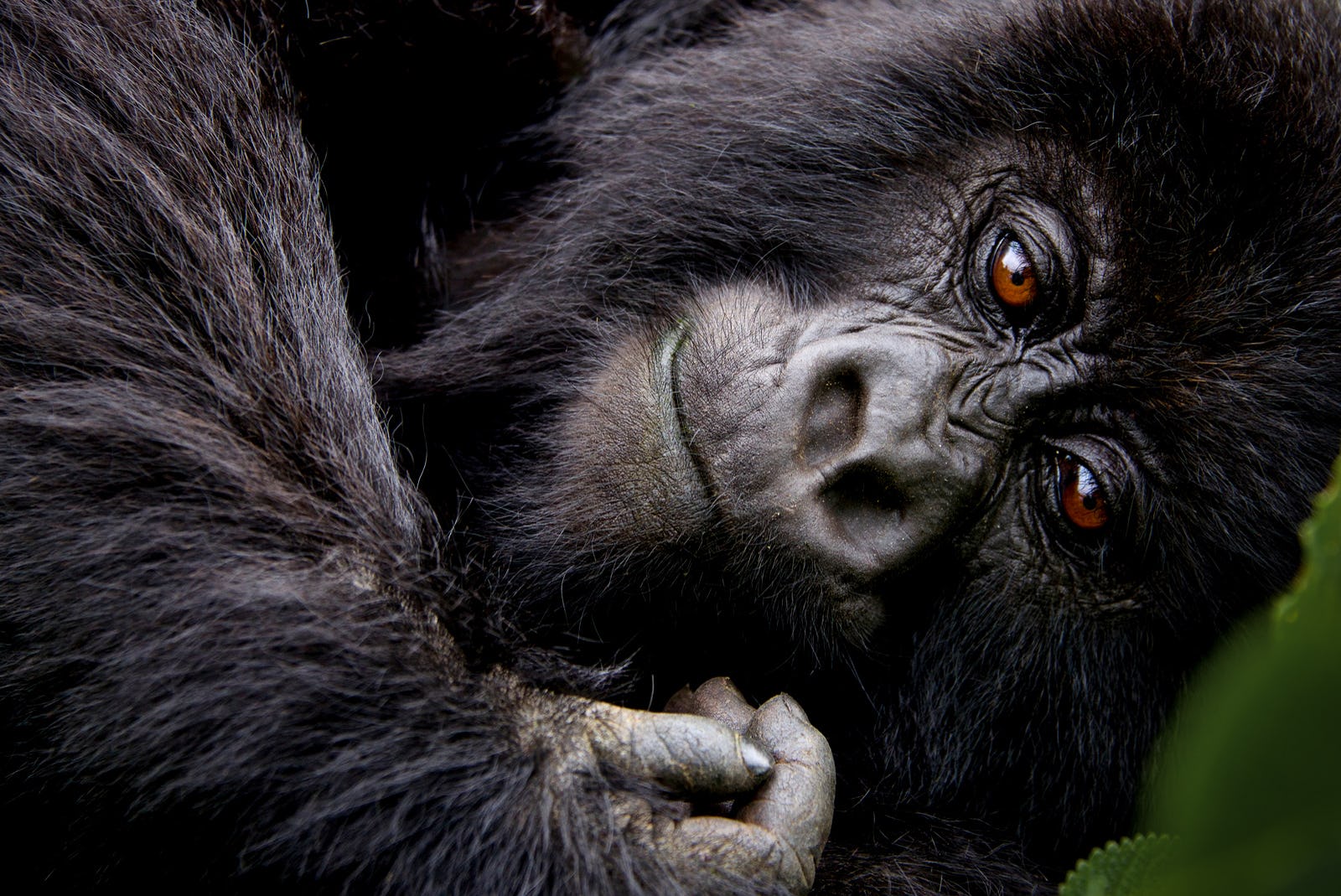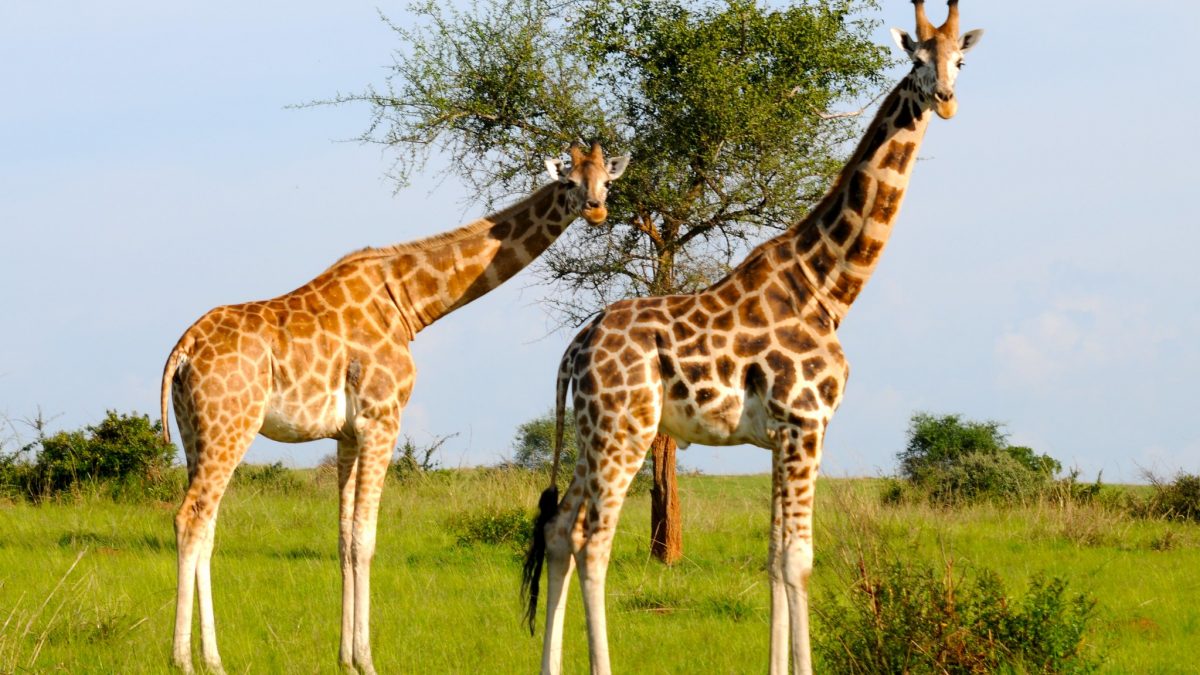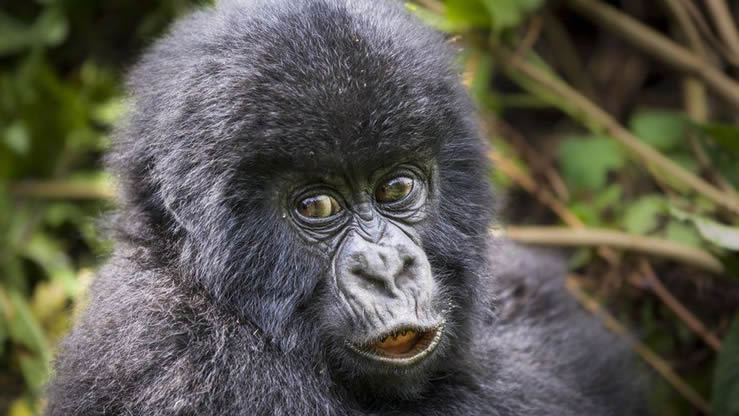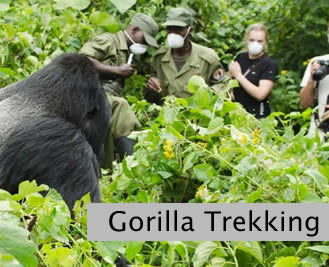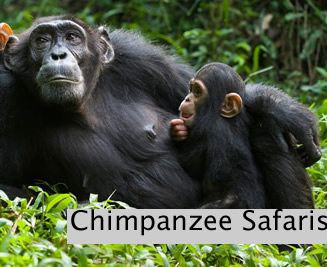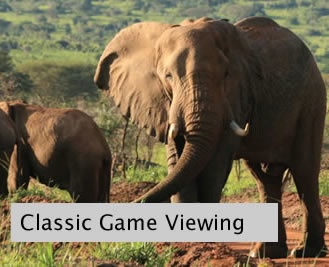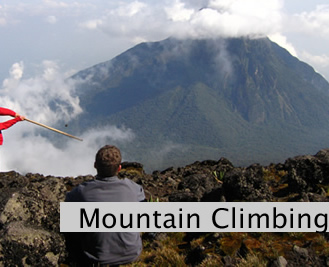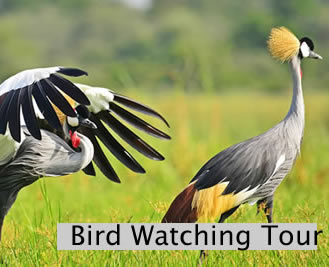Gorilla trekking is undeniably the most done tourist activity in Africa. However before confirming any gorilla tour, you ought to clearly understand the basic facts about gorilla trekking. YES, gorilla safaris in Africa attract the highest number of travelers to Africa especially to Uganda, Rwanda and the Democratic Republic of Congo. Travelers who have encountered these endangered species review the experience as magical and life changing. For the past over 20 years, gorilla treks have been the top bucket list for most travelers to Africa, and a dream for many. Each day, hundreds of travelers, men and women come from all parts of the world to enjoy this once in a lifetime experience while others continue to make future gorilla safari bookings. The things you should know about gorilla trekking include:
Where to trek gorillas in Africa?
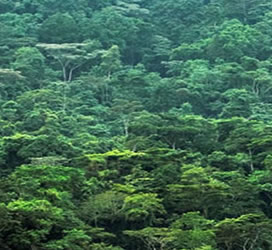
Bwindi Forest
There are only two regions where mountain gorillas live. The endangered species live in Bwindi Impenetrable Forest National Park Uganda and the Virunga conservation area shared by Virunga National Park in Congo, Mgahinga Gorilla National Park in Uganda and Volcanoes National Park in Rwanda. Bwindi is home to the highest number of world’s gorillas (half the population) making it the premier gorilla safari destination in Africa. Altogether, Africa has 36 habituated gorilla families split between Uganda, Rwanda and the Democratic Republic of Congo. Each gorilla family is visited by a group of 8 people a day meaning 288 gorilla permits available each day. Gorilla permit booking is recommended at least 6 months before the trekking date. Do you want to spend more time with the gorillas? Join our gorilla habituation experience in Rushaga sector, south of Bwindi Impenetrable Forest National Park. The experience allows you to spend four hours in the company of gorillas giving you ample time to learn the lifestyle of gorillas.
Best time for gorilla trekking
Mountain gorillas can be visited all year round. However, the best time to trek gorillas is in dry season between June, July, August, September, December, January and February. In most cases, this period is associated with or no rains which make it easy to trek through the jungle forest. Also, photography is excellent during this time unlike in the rains. The gorillas also tend to move to areas of low altitude during this time, which make it easy to find them after a short trek. On the other hand, you can trek gorillas during low season in the months of March, April, May, October and November. Visits are generally low during this time, which assure travelers availability of gorilla permits in all gorilla regions. Also, most service providers especially hotels, lodges and transport companies normally give discounted services to travelers in the low season. Low season is therefore the best travel time for budget travelers
Physical fitness and healthy status
Physical fitness is essential for those visiting to trek gorillas. YES, hiking up and down hill in the jungle forests of Bwindi or any other gorilla park is not a joke. The strenuous walk requires one to be physically fit and able to hike. Therefore, travelers are reminded to do physical exercises and to ensure fitness before the trekking date. At times, travelers who are not fit have found it challenging to reach the gorillas in high altitudinal areas. In the same way, you MUST be in good health in order to see the gorillas. The endangered species share over 98% of human genes, which make them susceptible to human illnesses. Tr5avelers are therefore reminded to go for medical checkups to confirm no sickness before coming to see gorillas. During the pre gorilla trekking briefing, travelers who show any signs of sickness like coughing, cough, sneezing and general weakness are not allowed to trek gorillas.
What to pack for gorilla trekking
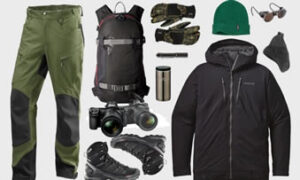
Gorilla trekking packing list
You ought to pack the essentials of gorilla trekking. YES, any traveler planning to visit gorillas must pack the right attire to ensure peaceful, comfortable and stress free gorilla hikes. Among the things to carry for gorilla trekking include:
1. Closed hiking boots/shoes. These ease movement through the jungle forests, which at times get slippery and muddy. The shoes should however be light
2. Gardening hand gloves: These protect your soft hands from touching dirty mad and thorny tree trunks for support
3. Long sleeved pants tacked into stockings. These protect your legs from thorny bushes
4. Long sleeved shirts/blouse to protect your arms
5. Sun glasses and hat to protect from direct sun and droplets
6. Rain jacket. Forest weather is so unpredictable. It can rain any time of the day despite the season.
7. First aid kit incase of any emergency
8. Energy giving snacks to keep you strong
9. Bottled drinking water
10. Scarf
Where to sleep on a gorilla safari
Are you wondering where to sleep on your gorilla safari in Africa? No worries, a variety of hotels, camps, and lodges have been built in all gorilla national parks to offer you excellent food and sleeping services at affordable rates. These lodges are categorized into budget, midrange and luxury depending on the client’s choice and budget. The top lodges in Bwindi Forest include Buhoma Lodge, Mahogany springs Lodge, Bwindi Forest Lodge, and Gorilla Safari Lodge and Virunga Lodge in Mgahinga Gorilla National Park. In Volcanoes National Park, you can stay at Mountain Gorilla View Lodge, Sabyinyo Lodge and Da Vinci Lodge among others. All lodges have well trained staff to ensure an excellent service delivery system.
Gorilla Trekking Rules and Regulations
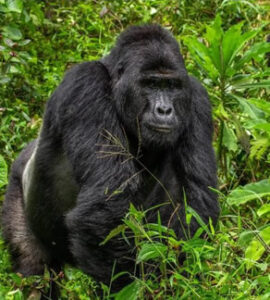 At the start of every gorilla tracking day, travelers are gathered at the respective park headquarters and briefed about the rules and regulations of gorilla trekking. These rules are put to ensure safety of the endangered gorillas and travelers themselves. The Guidelines for gorilla trekking include
At the start of every gorilla tracking day, travelers are gathered at the respective park headquarters and briefed about the rules and regulations of gorilla trekking. These rules are put to ensure safety of the endangered gorillas and travelers themselves. The Guidelines for gorilla trekking include
• Do not trek gorillas when sick
• Avoid direct eye contact with gorillas
• Do not use a flash light camera
• Do not touch the gorillas
• Keep a distance of seven meters away from the gorillas
• Keep within your group. Do not scatter alone in the jungle
• Keep calm when a gorilla charges
• Turn back your face when sneezing or coughing
The knowledge of basic facts about gorilla trekking is essential for everyone planning a gorilla safari to Africa. Contact African Apes Tours & Travel for bookings and more travel advice

